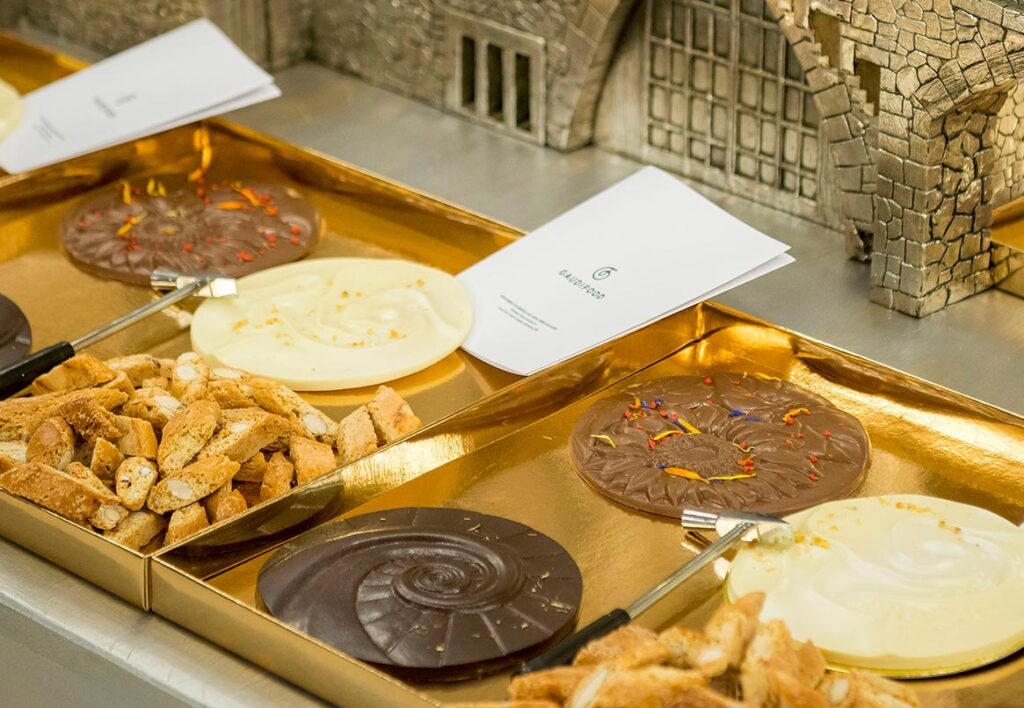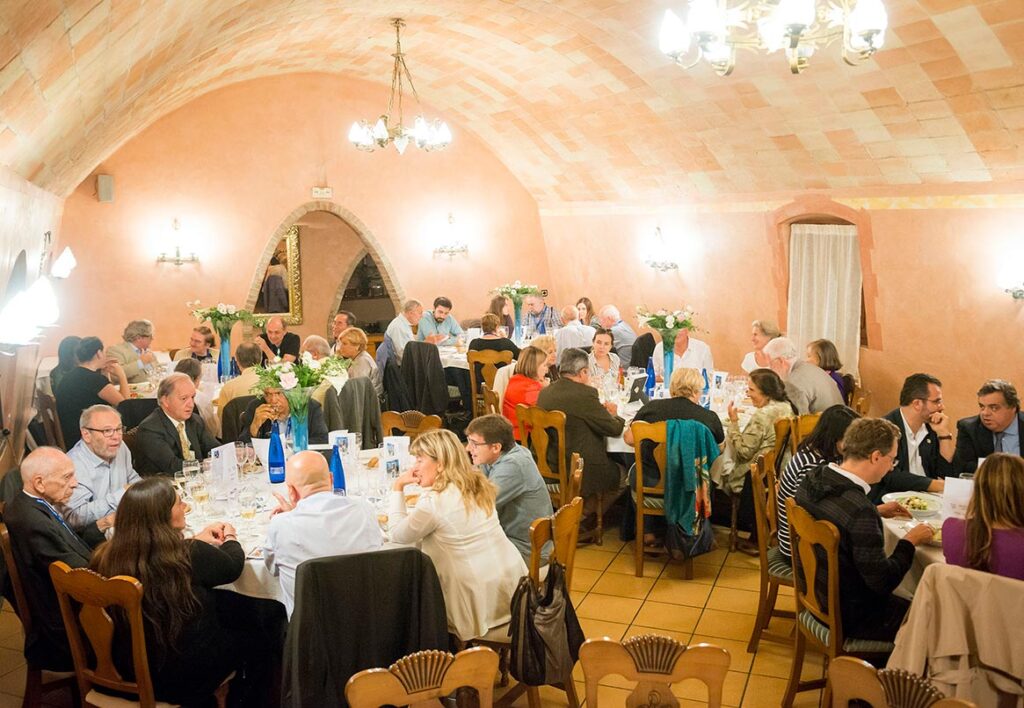Gaudí World Congress 2016: Innovation in Architecture and Beyond
The Gaudí World Congress 2016 in Barcelona, hosted at the historic University of Barcelona, brought together global experts to explore the lasting influence of Antoni Gaudí. Organized by the Gaudí World Foundation, this prestigious event focused on how Gaudí’s revolutionary architectural ideas continue to inspire modern solutions for sustainable design, technology, and multidisciplinary collaboration.
The congress was structured around three core themes: Gaudí’s influence on contemporary architecture and technology, multidisciplinary insights into his work, and creative and technological advancements inspired by his methods.
At the heart of the GWC Barcelona 2016 was an exploration of how Gaudí’s innovative techniques can be applied to current architectural challenges, including urban sustainability and advanced structural design.
During her keynote, Benedetta Tagliabue discussed the similarities between Gaudí’s organic design principles and those of modern architect Enric Miralles, illustrating how both transformed the urban landscapes of Barcelona. This was followed by Maria Antonietta Crippa, who examined Gaudí’s unique approach to integrating nature into architecture, a concept that continues to influence sustainable building practices today. Tokutoshi Torii presented fascinating insights into Gaudí’s advanced calculation methods, shedding light on how Gaudí’s mathematical genius remains relevant to contemporary architecture.
A series of sessions focused on Gaudí’s design of Park Güell, emphasizing the foresight he applied to urban planning and how these methods could guide future city developments. Experts discussed how Gaudí’s natural forms and sustainable principles provide a model for designing eco-friendly urban spaces.

One of the key highlights of GWC Barcelona 2016 was the emphasis on the cross-disciplinary nature of Gaudí’s work. From architecture and engineering to art and spirituality, Gaudí’s influence extends far beyond traditional boundaries.
Josep M. Martí Bonet presented a compelling talk on the intersection of spirituality and science in Gaudí’s creations, specifically focusing on his works for the Museo Diocesano de Barcelona. Bonet’s presentation emphasized how Gaudí’s deeply spiritual vision blended with his scientific precision, creating buildings that were both aesthetically profound and structurally innovative.
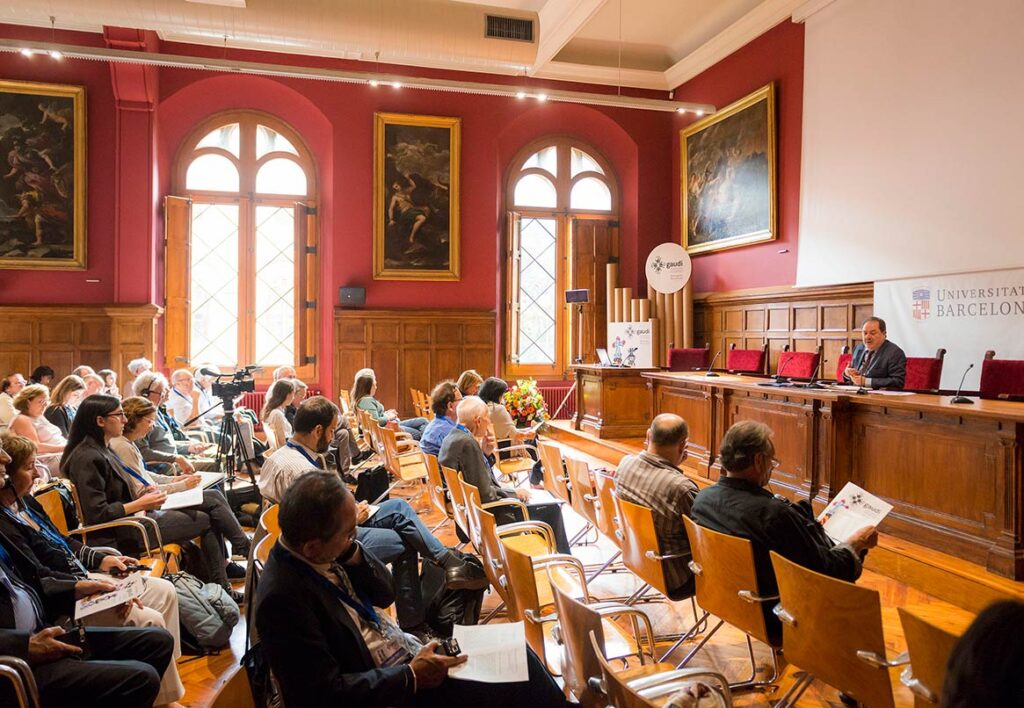
Sessions on Park Güell provided deeper insight into Gaudí’s architectural experimentation, showcasing how his innovative use of materials and form continues to influence modern construction techniques. In another session, the focus shifted to Torre Bellesguard, where experts explored Gaudí’s ability to merge historical symbolism with modern architectural innovation, underscoring the versatility of his design approach.
Creative and Technological Advancements
The Gaudí World Congress 2016 also explored how Gaudí’s pioneering techniques can inspire modern technological advancements in architecture. One of the most exciting sessions was led by Xavier Jové, who revealed previously unseen photographs of Gaudí, including his earliest known portrait from 1878. These discoveries provided a new perspective on Gaudí’s life and creative journey, while sparking discussions about how digital technologies can further preserve and analyze his works.
Experts also examined how Gaudí’s Origination Method, a design process inspired by natural growth patterns, can be applied to modern architecture. This method, rooted in Gaudí’s understanding of nature’s efficiency, offers a blueprint for creating eco-friendly buildings that adapt to their surroundings, a concept highly relevant in today’s context of climate change and sustainable development.
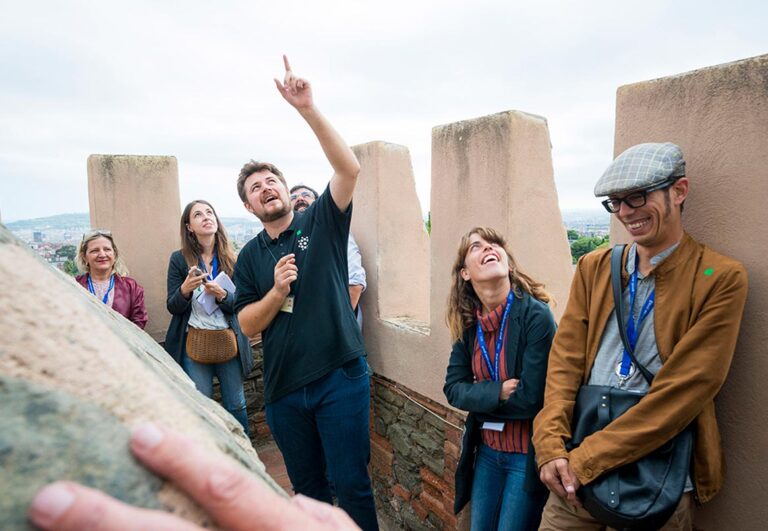

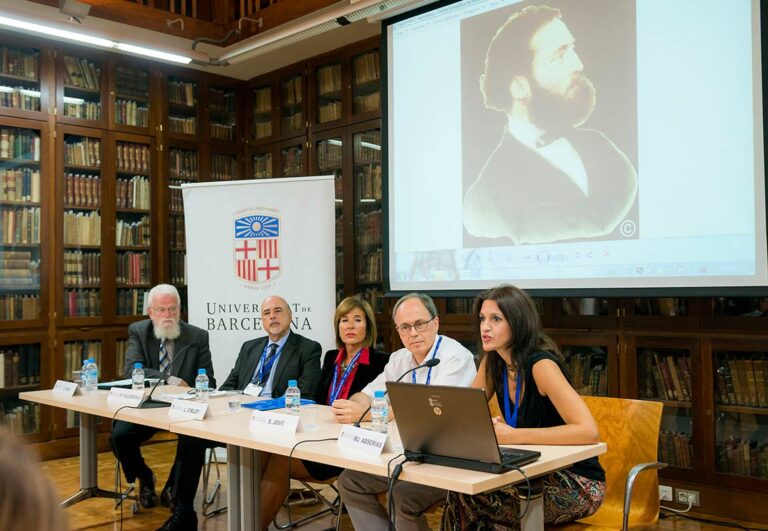
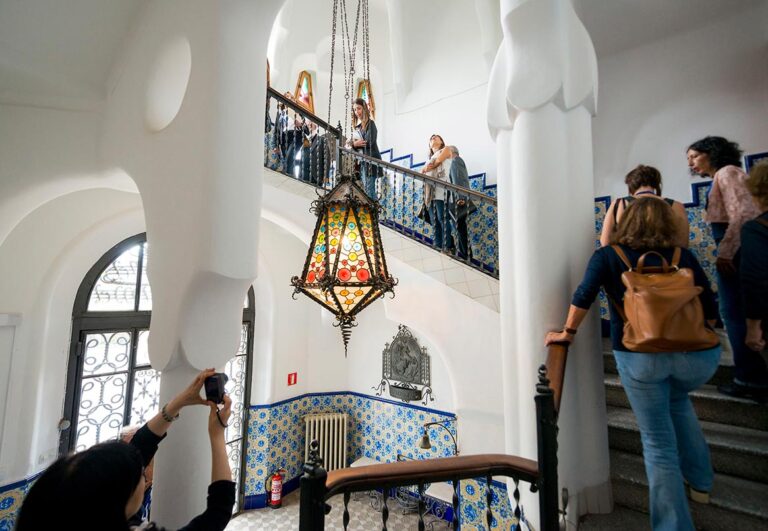

Cultural and Networking Events
In addition to the academic sessions, the GWC Barcelona 2016 offered a rich program of cultural and networking events that celebrated Gaudí’s artistic legacy. These events allowed participants to experience Gaudí’s work firsthand while connecting with fellow professionals from around the world.
The Gala Dinner, held at Torre Bellesguard, was a highlight of the event. Hosted by renowned chef Wang Shang Li, the dinner blended Chinese and Catalan cuisine, symbolizing the global reach of Gaudí’s influence. This cultural fusion perfectly encapsulated the international admiration for Gaudí’s work, drawing connections between different artistic traditions.
Music also played a key role in the congress’s cultural program, with a piano concert at the Filmoteca de Catalunya, additionally, the photographic exhibition by Manel Armengol, titled Gaudí Photographed, offered a visual narrative of Gaudí’s architectural achievements.

